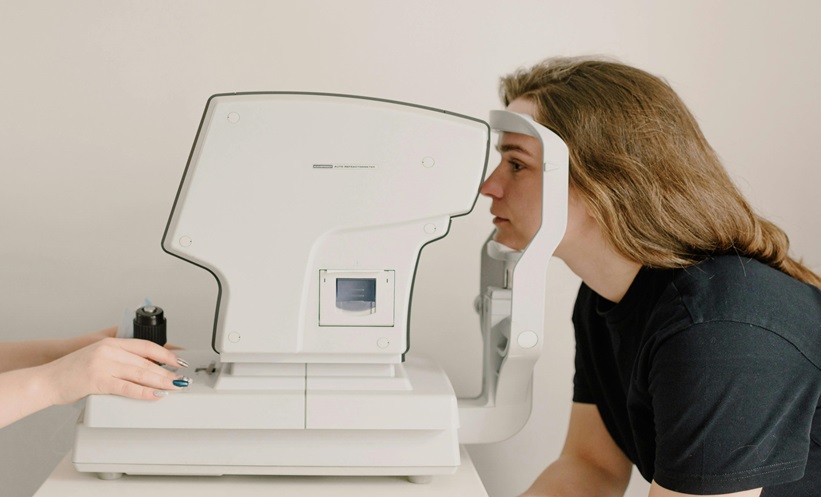ACCORDING to recent findings, social determinants of health (SDOH) significantly influence diabetic retinopathy care, particularly regarding the interaction between individual and neighbourhood-level SDOH. Previous studies established that neighbourhood socioeconomic disadvantage worsens health outcomes in minoritised populations. This study investigates how the association between neighbourhood-level SDOH and lapses in diabetic retinopathy care varies by race and ethnicity.
The study utilised a retrospective cohort of adult patients with diabetes who received diabetic retinopathy screening or treatment at the Wilmer Eye Institute from 2013 to 2022. Approved by the Johns Hopkins Institutional Review Board, the study analysed data without requiring informed consent, following the STROBE reporting guidelines.
The primary outcome was defined as a lapse in diabetic retinopathy care over two years. The main exposure was neighbourhood socioeconomic disadvantage, measured by the 2019 Area Deprivation Index (ADI), divided into quartiles (Q1 to Q4, with Q4 representing the greatest disadvantage). Baseline characteristics such as race, ethnicity, demographic data, clinic details, residential distance from the clinic, severity of diabetic retinopathy, other retinal disorders, and glaucoma were extracted from electronic health records. Multivariable logistic regression models assessed the association between ADI quartiles and care lapses, adjusting for baseline characteristics. An interaction term between race and ethnicity and ADI quartile was evaluated using the likelihood ratio test, and pairwise comparisons were adjusted with Bonferroni correction.
The study included 36,497 patients, with 63% experiencing a lapse in care. The lapse rates were 60% in ADI Q1, 62% in Q2, 66% in Q3, and 68% in Q4. A significant interaction between ADI and race and ethnicity was found (p= .005). Non-Hispanic White patients from more socioeconomically disadvantaged neighbourhoods had increased odds of lapses in care. Comparatively, non-Hispanic Black and Hispanic patients, and those from other racial or ethnic backgrounds in higher ADI quartiles, had higher odds of lapses compared to non-Hispanic White patients in Q1 and Q2. Interestingly, non-Hispanic Black patients from Q1 had lower odds of lapses than non-Hispanic White patients from Q4.
The findings underscore that neighbourhood socioeconomic disadvantage significantly impacts diabetic retinopathy care, with pronounced effects on racial and ethnic minority groups. Structural racism and the resultant maldistribution of resources likely compound these adverse outcomes. These results emphasise the need for future research to consider both individual and neighbourhood-level SDOH to inform public policies aimed at eliminating disparities in vision health.
Reference:
Tang T et al. Place, race, and lapses in diabetic retinopathy care. JAMA ophthalmology. 2024;142(6):581-3.








